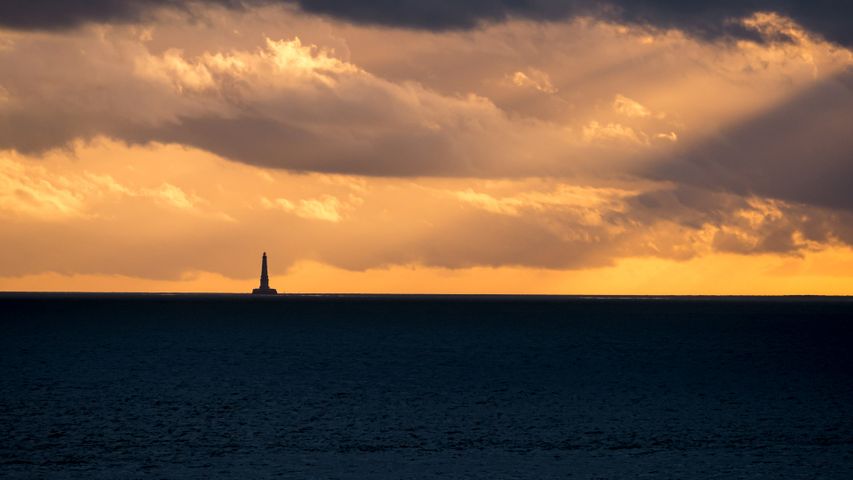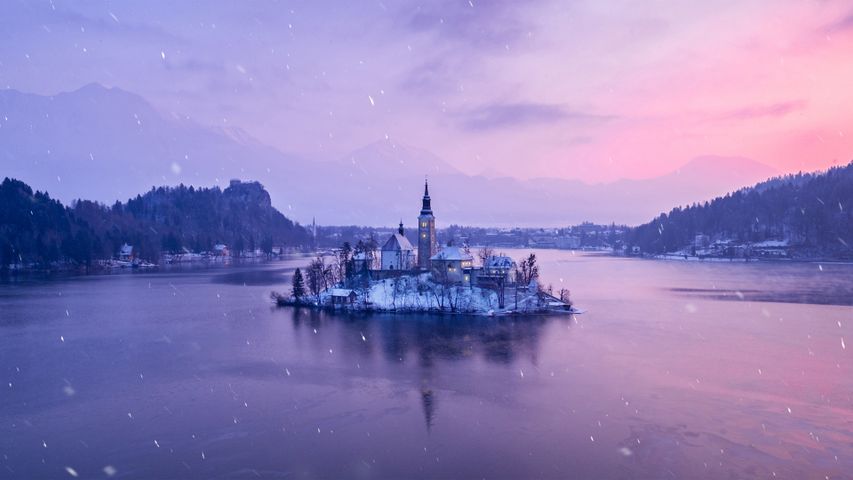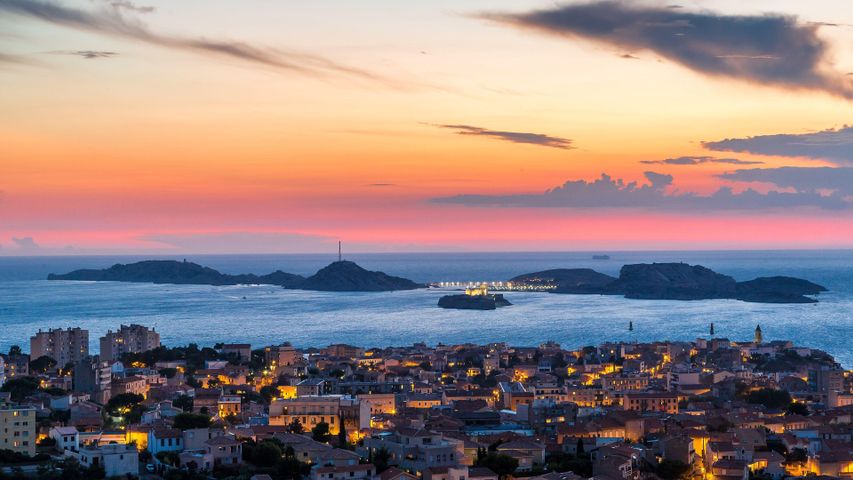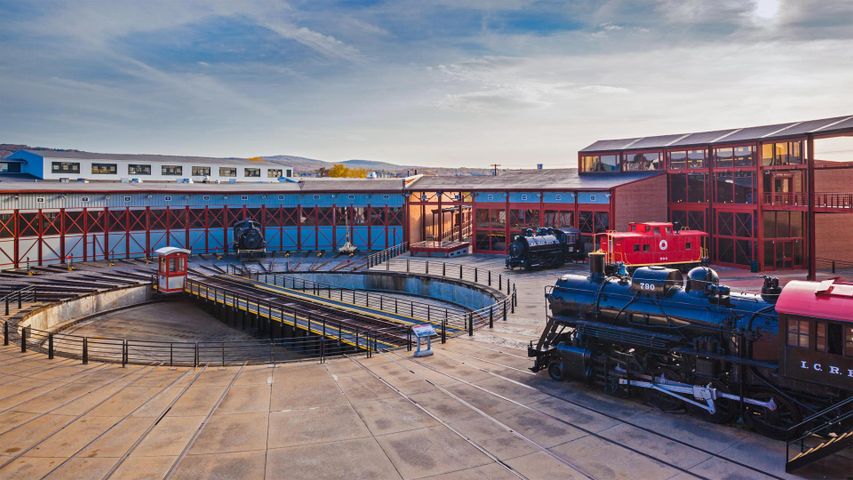The Hōkūle'a, a traditional Hawaiian voyaging canoe, departs for a 3-year voyage from Honolulu, Hawaii, on May 17, 2014
© Reuters/Alam
An ancient sailing tradition takes to the water
During Asian American and Pacific Islander Heritage Month, we're turning our attention to this vessel setting sail from Honolulu. It looks like a sailboat at sunset, accompanied by a group of rowers. But this is actually the Hōkūle'a, a replica of a traditional Polynesian voyaging canoe, as it departs in May 2014 for a three-year 'Mālama Honua' voyage to circumnavigate the world. The Polynesian Voyaging Society, which organizes the expeditions of the Hōkūle'a, explains that 'Mālama Honua' means to 'care for our Island Earth.' As they sail around the world, they're discovering and sharing local and Indigenous wisdom in a bid to help overcome the world's current challenges.
The Hōkūle'a is probably best known for its 1976 maiden voyage, when it sailed from Hawaii to Tahiti without the use of charts or instruments. Instead, the crew used traditional Polynesian voyaging techniques such as star mapping and tracking cloud formations, wave patterns, and the flights of birds. Why go to so much trouble? The sailors wanted to prove that their ancestors discovered Hawaii during purposeful trips in the Pacific, instead of happening on the islands by chance while aimlessly drifting with the currents. The Hōkūle'a continues to sail today, spreading the culture of Hawaiians and other Polynesians—doing the work and sharing the wisdom of Mālama Honua.
Related Images
Bing Today Images




 Fishing village of Tilting, Fogo Island, Newfoundland and Labrador, Canada
Fishing village of Tilting, Fogo Island, Newfoundland and Labrador, Canada
 The Elbe in Dresden, Germany
The Elbe in Dresden, Germany
 Porto, Portugal
Porto, Portugal
 Lake Bled, Slovenia
Lake Bled, Slovenia
 St. Joseph North Pier Inner and Outer Lights, Michigan
St. Joseph North Pier Inner and Outer Lights, Michigan
 Pont Neuf over the Seine, Paris, France
Pont Neuf over the Seine, Paris, France
 Les Braves monument on Omaha Beach, Normandy, France
Les Braves monument on Omaha Beach, Normandy, France
 View of Château d'If in the port of Marseille, France
View of Château d'If in the port of Marseille, France


